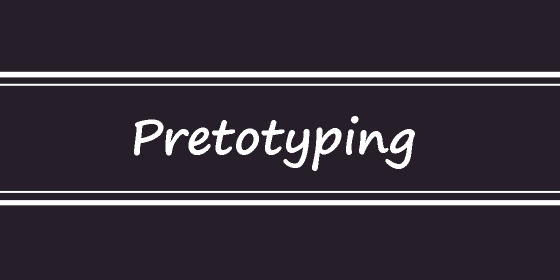Pretotyping

Pretotyping is a concept and methodology introduced by Alberto Savoia in 2011. It is a lightweight and low-cost approach to validate the appeal and demand for a new product or idea before investing significant time and resources in building a full-fledged prototype or product. The goal of pretotyping is to quickly test the fundamental assumptions behind an idea and determine if it has real potential before committing to the development process.
Key aspects of pretotyping include:
- Minimal Effort: Pretotyping focuses on creating the simplest and quickest representation of an idea, just enough to test its desirability or appeal.
- Quick Validation: The main purpose of pretotyping is to validate or invalidate an assumption as rapidly as possible, often within days or weeks.
- Low Cost: Pretotyping solutions are designed to be low-cost and easy to build, avoiding the need for expensive prototypes or development.
- Experimentation: Pretotyping encourages a mindset of experimentation and learning, embracing failures as valuable insights.
- User Feedback: Pretotypes are tested with real users or customers to gather feedback on their interest and willingness to use or pay for the product.
Examples of pretotyping techniques include:
- The “Fake Door” Test: This involves creating a landing page or button that appears to offer a product or feature, but when clicked, users are informed that it’s not available yet. This measures interest and demand based on the number of clicks.
- The “Concierge” Pretotype: This approach involves manually providing the service or solution behind an idea rather than building a full product. It allows direct interactions with users to understand their needs and preferences.
- The “Smokescreen” Pretotype: This involves using existing products or services in a creative way to test demand for the new concept without any actual development.
The key benefits of pretotyping include:
- Rapid Validation: Pretotyping allows quick validation of an idea’s potential without investing significant time and resources.
- Risk Reduction: By testing assumptions early, pretotyping reduces the risk of pursuing ideas that might not resonate with users or customers.
- Resource Efficiency: Pretotyping avoids unnecessary investment in building full prototypes or products until there is evidence of real demand.
- Learning and Insights: Pretotyping provides valuable insights and feedback from users that can inform the development process.
Pretotyping is particularly useful in the early stages of product development or innovation, where uncertainty is high, and it’s important to test the waters before fully committing to an idea. By applying pretotyping principles, entrepreneurs, startups, and product teams can make more informed decisions, increase their chances of success, and optimize resource allocation.